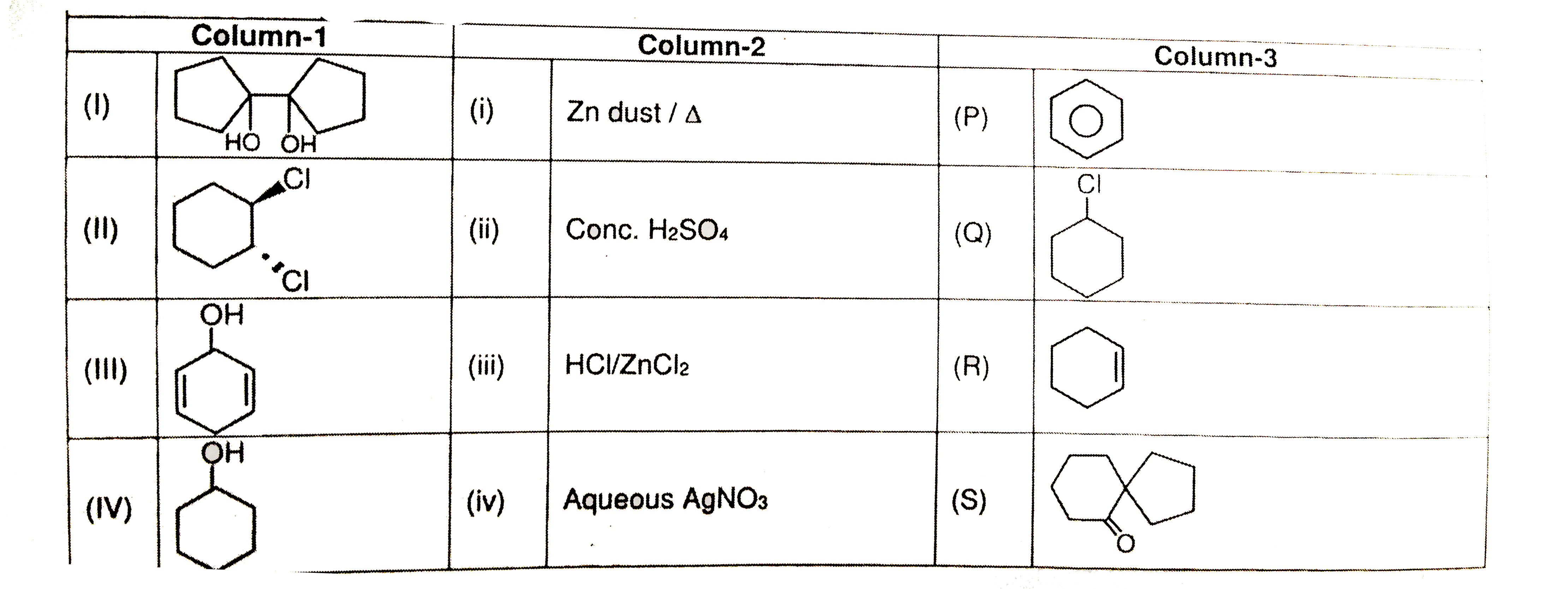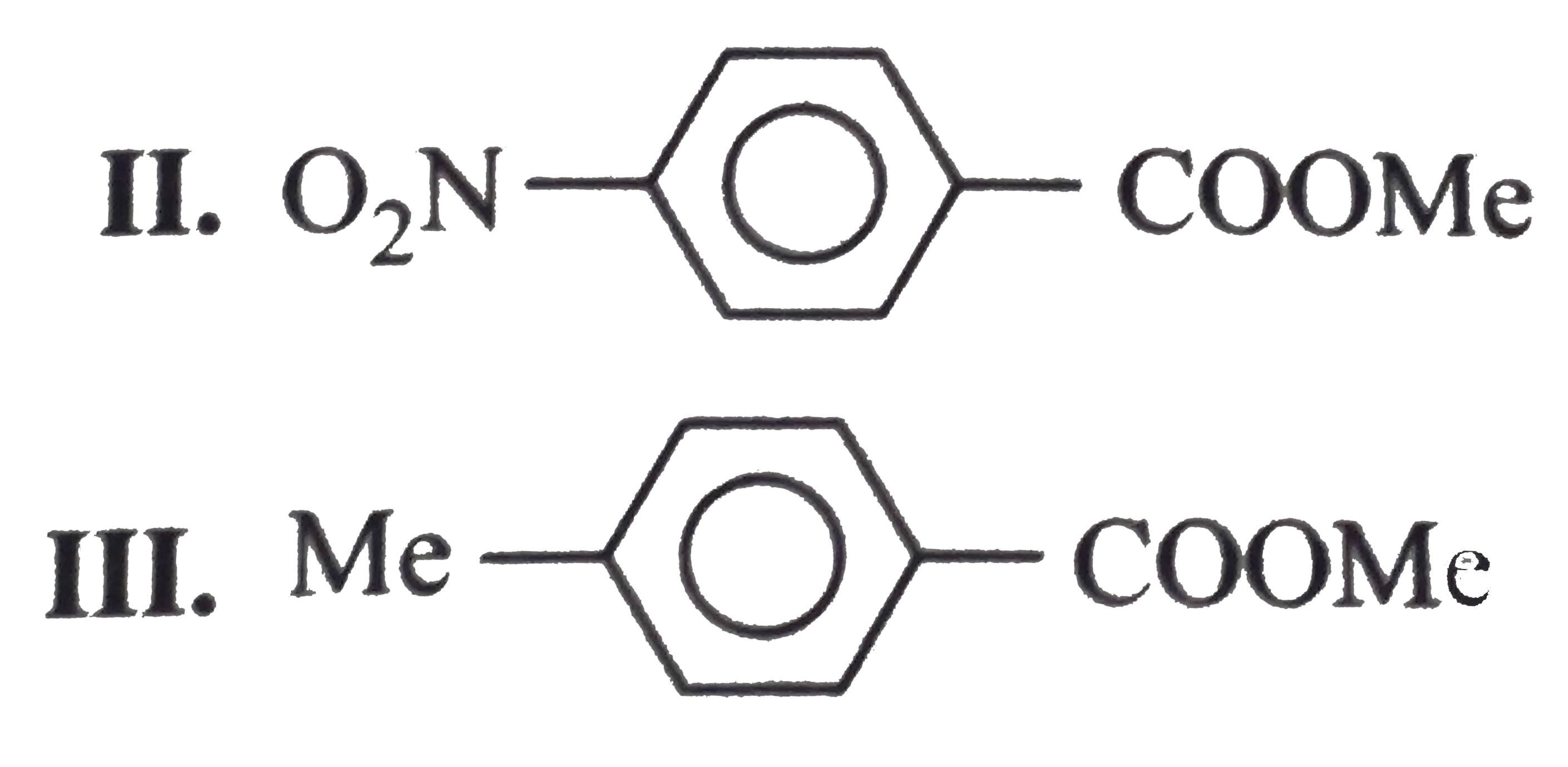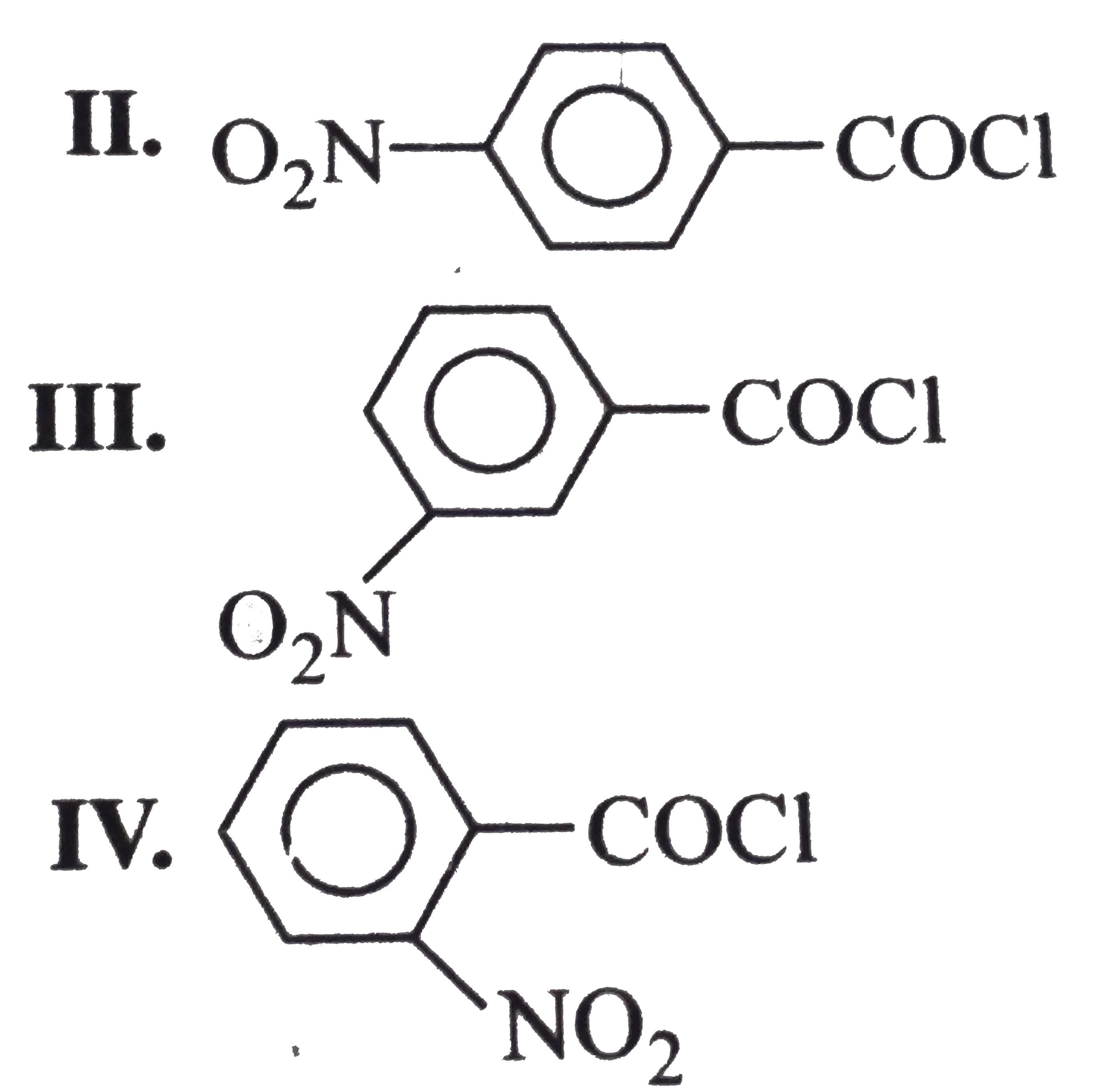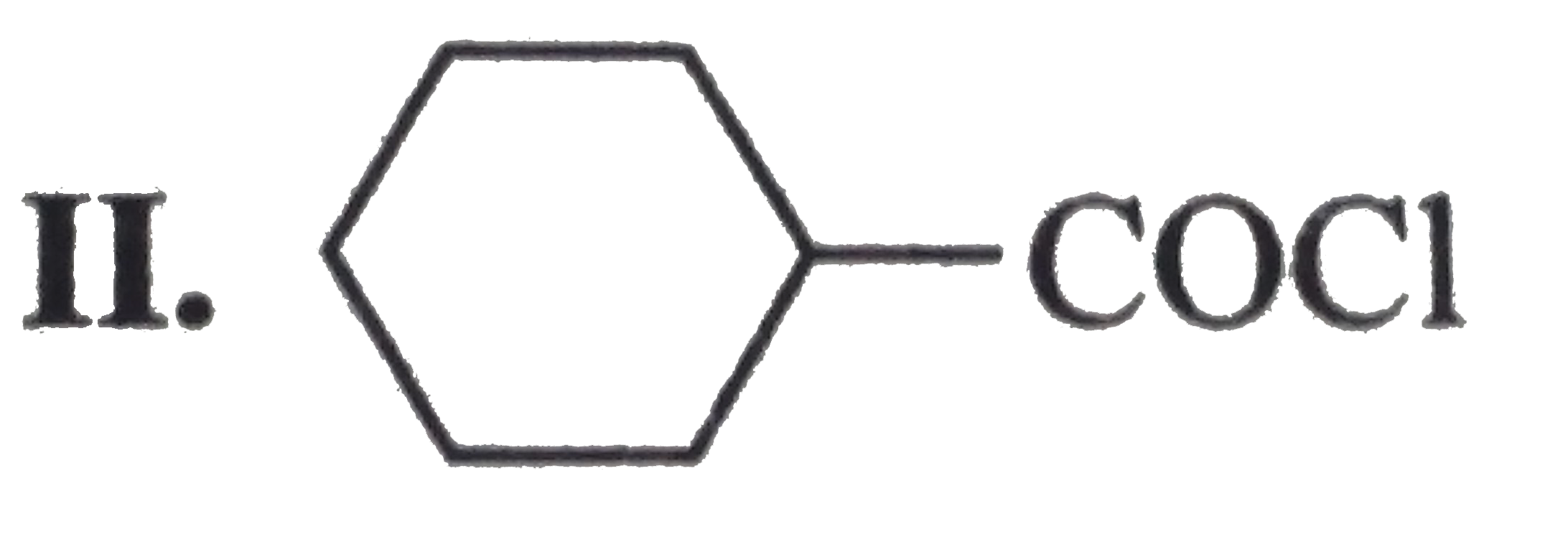Acyl nucleophilic substitution (SNAC) (SNAE)
Step by step video solution for Acyl nucleophilic substitution (SNAC) (SNAE) by Chemistry experts to help you in doubts & scoring excellent marks in Class 12 exams.
Updated on:21/07/2023Similar Questions
Nucleophilic Substitution Reaction
View SolutionNucleophilic Addition Elimination Reaction : acyl nucleophilic substitution on carboxylic acids and dervatives(SNAE/SNAC)-3) carboxylic acid,4)anhydrides(Symmetrical and unsymmetrical),5)benzene sulphonyl chloride,6) cyanides and isocyanides,7) amides
View Solution
Knowledge Check
Which of the following is the correct nucleophilic substitution ?
AVinyl chloride > Allyl chloride > Propyl chlorideBAllyl chloride > Propyl chloride > Vinyl chlorideCAllyl chloride > Vinyl chloride > Propyl chlorideDPropyl chloride > Vinyl chloride > Allyl chlorideWhich of the following statements are correct about nucleophilic acyl substitution ?
ARCOCl is more reactive than RCON3 (acid azide).BRCON3 is more reactive then enhydride.CRCON3 is less reactive than anhydride.DEsters are less reactive than anhydrides but more reactive tham amides.
The unimolecular nucleophilic substitution is represented by :A(II),(iii),(Q)B(I),(iv),(S)C(IV),(iv),(Q)D(IV),(iii),(Q)
Give the decreasing order of reactivity of the following towards hydrolysis (or nucleophilic acyl substitution) :
(i) (I) PhCOOMe
(II)
(II)
(IV)
(ii) (I) PhCOCl
(II)
(iii) (I) PhCOCl
(III) Me2CHCOCl
(IV) Me3C−COCl.
(b) Give the decreasing order of transacylation reactivities and nucleophilic acyl substitution reactivities fo the following :
(I) MeCOCl
(II) MeCON3
(III) (MeCO)2O
(IV) MeCOOMe
(V) MeCONH2.
View SolutionWhich of the following compounds is most reactive towards nucleophilic acyl substitution :-
View Solution
The unimolecular nucleophilic substitution is represented by :
View SolutionWhich of the following are most reactive compounds for nucleophilic acyl substitution?
View SolutionWhich of the following is the least reactive compound towards nucleophilic acyl substitution?
View Solution
